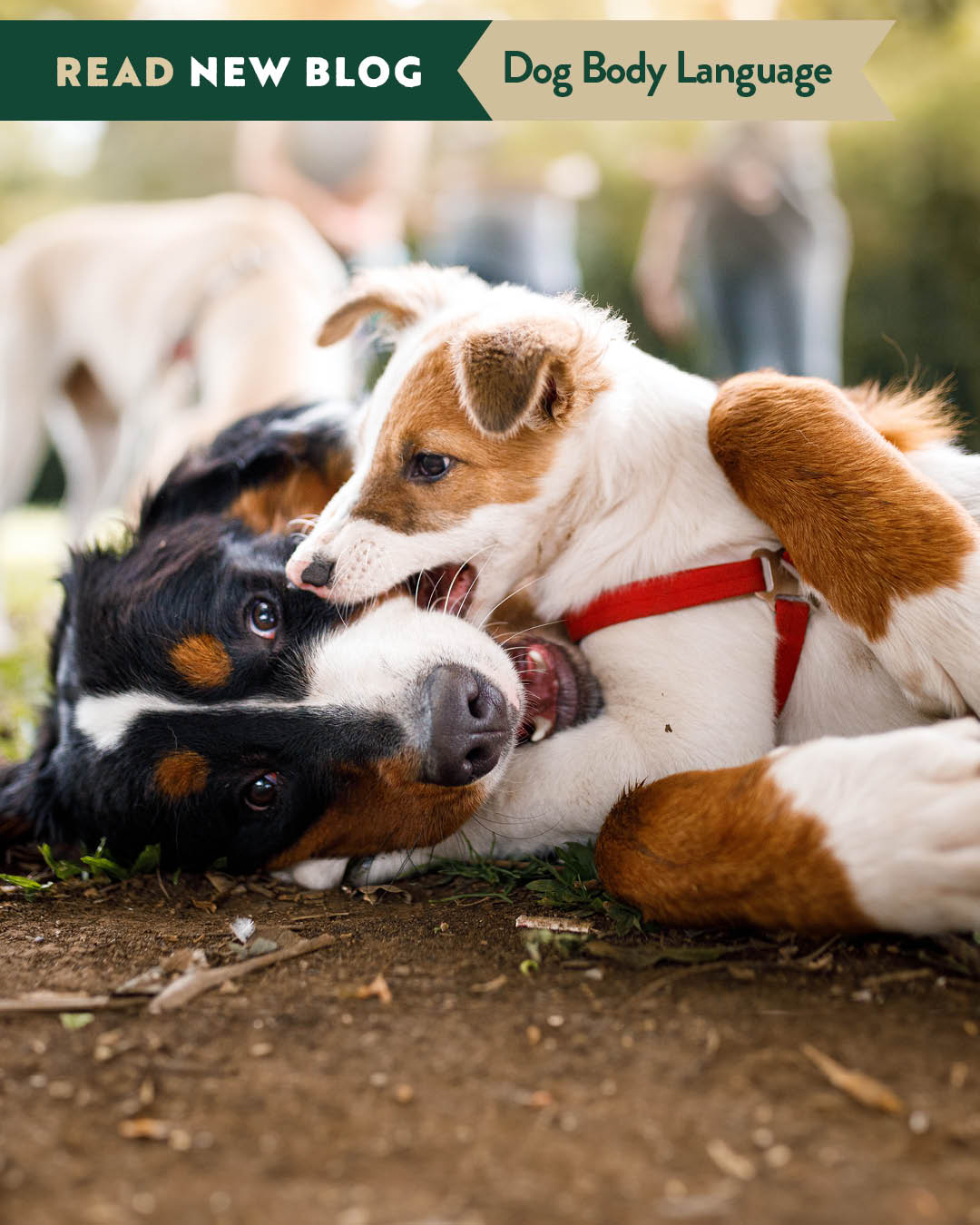Having a dog is like having a best friend who doesn’t speak your language, but still understands you perfectly. However, to make your bond even stronger, it’s crucial to understand your dog's body language. Here are five key signals to help you decipher what your furry friend is trying to tell you:
- Tail Talk:
Just like humans use hand gestures, dogs use their tails to communicate. A wagging tail doesn't always mean happiness. A high, stiff wag can indicate alertness or agitation, while a low, slow wag may signal uncertainty or insecurity. Pay attention to the position and movement of your dog's tail to get a clearer picture of their mood.
- Ear Expressions:
Ears are a big giveaway when it comes to a dog’s emotions. Ears perked up and facing forward usually mean curiosity or attentiveness. If your dog’s ears are laid back flat against their head, it might be a sign of fear or submission. Knowing your dog’s ear positions can help you understand their reactions to different situations.
- Eye Contact:
Dogs use their eyes to express a wide range of emotions. Soft, blinking eyes typically indicate a relaxed and happy dog. Direct, intense eye contact can be a sign of challenge or aggression, especially if accompanied by a stiff body posture. On the other hand, avoiding eye contact or showing the whites of their eyes can signal fear or anxiety.
- Body Posture:
A dog's body posture can tell you a lot about their state of mind. A relaxed dog will have a loose, wiggly body, while a tense dog might stand rigidly with their weight shifted forward. If your dog crouches low to the ground, it could indicate fear or submission. Conversely, a dog standing tall and puffing out their chest is likely feeling confident or dominant.
- Vocal Cues:
While not strictly body language, vocalizations are an important part of how dogs communicate. Barking, whining, growling, and howling all convey different messages. A playful bark is different from an alert or aggressive bark. Understanding the context and accompanying body language can help you interpret what your dog is trying to tell you. To hear some examples of vocal cues and what they mean check out this video
Bonus Tip: Trust Your Instincts
Your dog is unique, and so is the way they communicate. Spend time observing and interacting with your furry friend to learn their specific signals. The more you understand their body language, the better you can respond to their needs and strengthen your bond.

Love learning about your dog's behavior? Sign up for our newsletter, “Woof Weekly,” for the latest pet tips, tricks, exclusive deals, and fun content to keep your furry friend happy and healthy.
Sources:
https://www.akc.org/expert-advice/advice/how-to-read-dog-body-language/
https://www.petmd.com/dog/behavior/how-to-read-dog-body-language
https://www.rspcapetinsurance.org.au/pet-care/dog-care/body-language-in-dogs
https://thelabsand.co/learning-to-speak-dog-part-4-reading-a-dogs-body/






